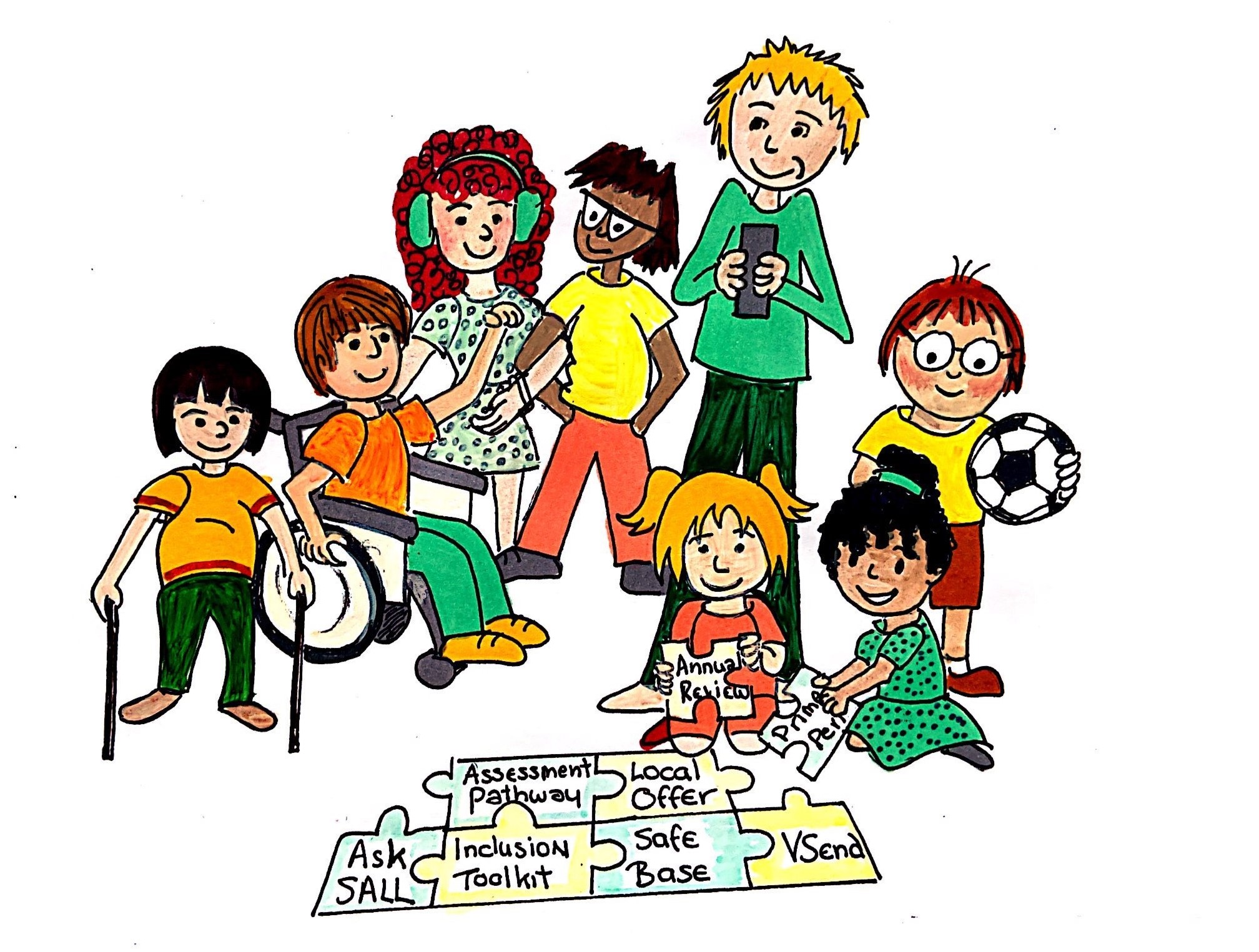Description of need
Children with Social communication difficulties (SCD) and Autistic Spectrum Conditions (ASC) experience difficulties typically falling within the areas of social interaction and relationships, social communication, social understanding, flexible thinking and sensory challenges. Social Communication Difficulties and Autistic Spectrum Conditions occur across a wide range of abilities and may also be found in combination with other difficulties.
Some of the characteristic difficulties include:
- difficulties in understanding social situations and responding to normal environmental and social cues
- difficulty in intuitively sensing other people’s feeling and intentions
- inappropriate or limited social initiative and problems with establishing and maintaining reciprocal relationships
- rigidity of thinking and a tendency to follow personal agendas which are not easily amenable to adult direction with an absence of awareness of the needs or emotions of others
- difficulty with open-ended or unstructured situations and with change
- high susceptibility to anxiety and stress
- preference to participate in obsessive interests or repetitive activities may limit expressive or creative activities
- impaired use of language, expressive or receptive, which may include odd intonation, literal interpretations and idiosyncratic phrases and may extend to more bizarre expressive forms and limited expression, reducing the potential for two-way communication. Good vocabulary, particularly in preferred subjects and topics, may lead adults and peers to overestimate the true level of understanding of language
- difficulty in processing and navigating environments; e.g. transitioning from activities, rooms, year groups and schools
- high susceptibility to hyper or hypo- sensory sensitivity
The majority of children with SCD or ASC will have their special educational needs suitably addressed by arrangements in mainstream classrooms supported, if necessary, by the school’s delegated budget. There will, however, be some pupils who continue to experience a much higher level of difficulty than their peers in making progress in their education. These situations may occur when, despite carefully planned and executed interventions and reasonable adjustments, the pupil continues to have difficulties with communication, interaction and imagination which impede access to the curriculum. The difficulties are more clearly evident and severe: impaired language development, rigidity and inflexibility of thought and behaviour, difficulties with social interaction and communication and sensory issues.


